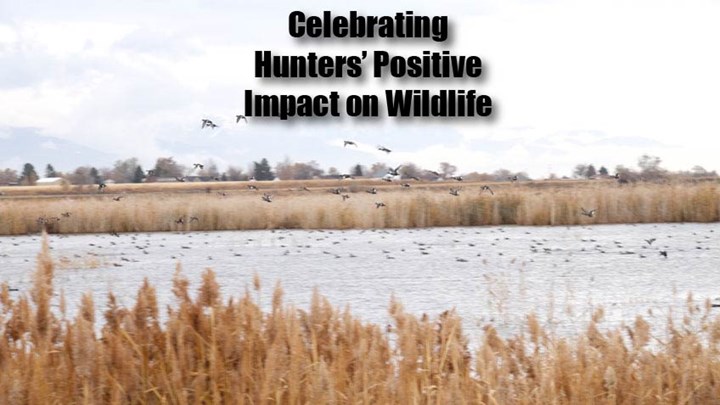
by Alan Peterson - Thursday, November 21, 2019

To the east, autumn colors tint the mountains reaching up to the early white snow. To the west, a desert island rests under the sunset hues that mirror the mountains opposite them. In the sky, thousands of waterfowl and shorebirds wheel in the dimming twilight. Hunting on Utah’s Ogden Bay is an experience nothing short of miraculous. Yet, a century ago, no one could’ve foreseen such a future, given the dismal realities of the times.
The demise of species during the 1800s is, by now, a familiar cautionary tale. After the Civil War, the expansion of the railroad efficiently connected markets to areas producing wild game. With a growing middle class that developed a taste for game and the availability and affordability of repeating and semi-automatic firearms accompanied by developments in smokeless powder and modern cartridge design, it became all too easy to harvest far too many wild creatures.
As greater numbers of well-to-do and well-connected sportsmen saw the game species dwindling away, they began to use their money and influence to tackle the threat to hunting. The likes of U.S. President Theodore Roosevelt, George Bird Grinnell and Aldo Leopold are names with stories that chronicle the history of hunter-initiated conservation. As early as 1832, laws were passed to protect waterfowl in Virginia. Congress passed a bill to protect the few remaining buffalo in 1875. The Lacey Act of 1900 made it illegal to transport game, taken contrary to state law, across state lines. The Migratory Bird Treaty Act of 1918 went further, making it illegal to take, possess or sell any migratory bird. The Migratory Bird Conservation Act of 1929 was, essentially, the beginning of the national refuge system. These laws became the pillars upon which the restoration of America’s game populations and associated habitats would rest.
But, one piece of legislation stands above the others in its impact upon wild things and wild places. …
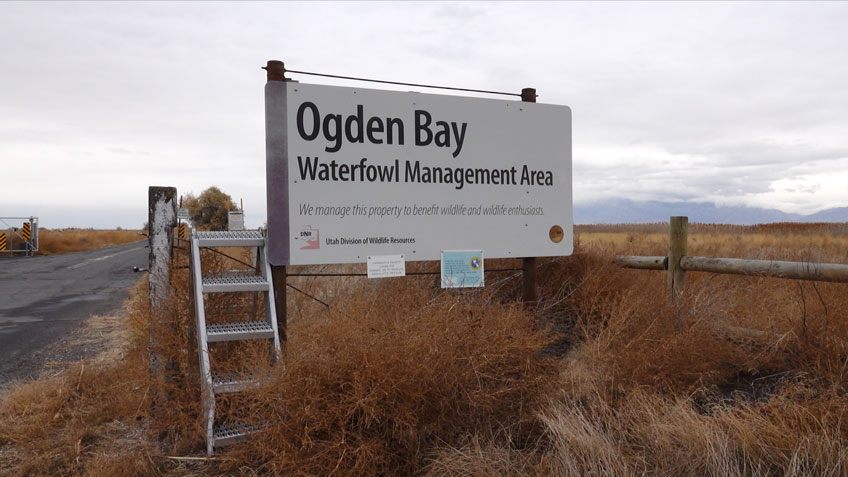
With the end of World War I, the return of soldiers and Americans’ increasing wealth, the numbers of hunters increased dramatically. Combined with a rapidly growing population and increasing industrial and agricultural needs, game species and the habitat they needed were under ever-increasing pressure. Game managers quickly saw the need to preserve land in order to provide—not only areas for the growing hunting public to pursue its passion, but also to provide game species with land and space to thrive. But, how could these managers pay for such ambitious efforts? The idea of creating a hunting stamp to raise funds was vigorously opposed. The International Association of Game, Fish and Conservation Commissioners formed a committee to try to find an alternative to such a stamp.
Headed by John B. Burnham, a writer for Field & Stream and founder of the American Game Protective and Propagation Association, and T. Gilbert Pearson, who served on the faculty at the University of North Carolina in Greensboro and was a founder of what would come to be known as the Audubon Society, the committee proposed that the 11 percent tax on guns and ammo that already existed be dedicated solely to finance the Migratory Bird Conservation Act. The proposal faced numerous obstacles and it wasn’t until Carl B. Shoemaker and Jay N. “Ding” Darling got involved that the obstacles were overcome.
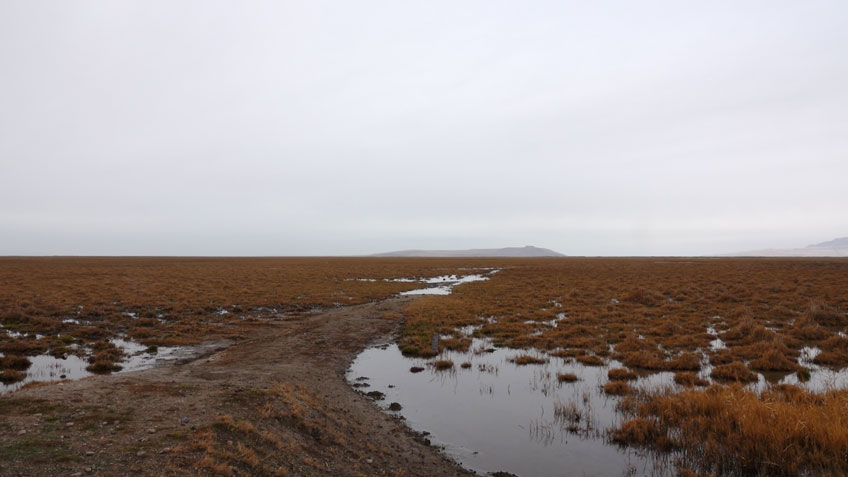
Shoemaker was the former head of the Oregon Fish and Game Commission and also the permanent secretary of the U.S. Senate Special Committee on Conservation of Wildlife Resources. Darling was a nationally syndicated political cartoonist whom Franklin Roosevelt hired as chief of the Bureau of Biological Survey, the forerunner of the U.S. Fish and Wildlife Service (USFWS). While Darling rallied support and enacted multiple programs that still impact the work of the USFWS to this day, Shoemaker wrote the actual legislation and lobbied for Capitol Hill support. Key Denson Pittman (D-Nev.), chairman of the special committee on wildlife, agreed to support the act. Shoemaker then approached Democrat Virginia Sen. Absalom Willis Robertson, the former chairman of the Virginia Game and Inland Fisheries Commission and father of future minister Pat Robertson. Robertson’s contribution was critical. He added the clause that insured the funds raised by license fees could not be used for purposes other than support of state fish and game departments.
Officially titled The Federal Aid in Wildlife Restoration Act, the bill passed through the house and was signed into law by President Franklin Roosevelt on Sept. 2, 1937. The law is now commonly known as the Pittman-Robertson Act (or P-R), recognizing the two senators who sponsored the bill.
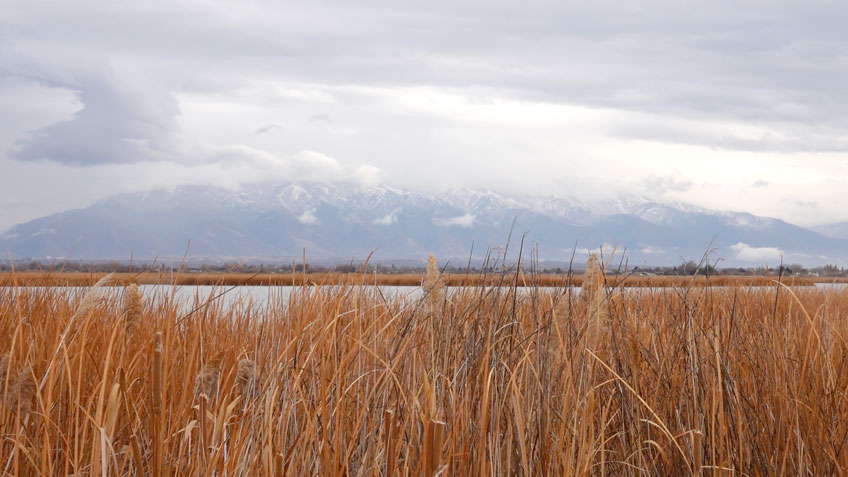
The Story of Ogden Bay: Hunter-Backed Pittman-Robertson Funding in Action
While the political drama to pass P-R was taking place in Washington, D.C., a biological drama was occurring in the nation’s western deserts.
Since the late 1890s, duck hunters on the Great Salt Lake in northern Utah had been reporting numbers of ducks dying from some unknown disease. In 1910, the alarm sounded as the numbers of dead waterfowl rocketed into the thousands. Eventually, research conducted by Alexander Wetmore, future Secretary of the Smithsonian Institution, indicated that botulism was the cause of the deaths. His studies further indicated that fluctuating water levels contributed to the incubation and spread of the disease.
When Utah’s Department of Fish and Game learned of the availability of funds through the newly signed P-R legislation, it presented the outlines of a project to capture fresh water from the Weber River that fed into the Great Salt Lake. The theory was that by maintaining water flows and levels, the disease could be managed. The Bureau of Biological Survey approved $7,500 to match Utah’s $2,500 contribution. The 5-mile dike was completed in 1938—the very first project to use P-R funds.
Since 1937, according to the USFWS website, more than $21 billion has been channeled to state conservation and recreation projects, up from $18 billion in 2016—thanks to sportsmen. State agencies have matched the federal contribution with more than $7 billion in fees collected primarily from the sale of hunting and fishing licenses. The USFWS anticipates more than $1 billion in funds this year alone.
That initial P-R diking project stabilized what is now known as the Ogden Bay Waterfowl Management Area (WMA). The WMA covers more than 34,000 acres of wetland and upland habitat on the eastern shore of the Great Salt Lake—the largest lake west of the Mississippi, spanning more than the states of Delaware and Rhode Island combined. Two-hundred-fifty species of birds utilize the unique combination of earth, water and sky. The habitat contributes to one of the most important wildlife habitats worldwide, recognized as part of the Western Hemispheric Shorebird Reserve Network.
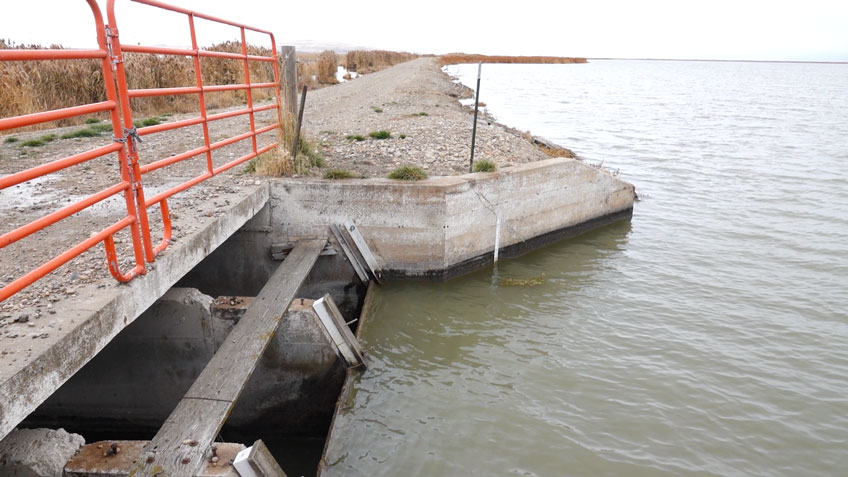
Ogden Bay maintains a hunting and conservation legacy more than 80 years old. Over that period of time, only a handful of individuals have managed the work at the refuge. Val Bachman served as the manager for nearly half of those 80 years. “I started working there as the manager the day before opening day of the duck season in 1978,” he said. “I was a little stunned when 4,000 hunters showed up. Ogden Bay and Farmington Bay [another nearby WMA] were the most popular duck hunting areas in the nation.”
Bachman relates that Ogden Bay is unique in the world for many reasons. “Salinity,” is first according to the former manager. “From fresh water to hyper salinity, every classification of wetlands in the western U.S. is found at Ogden Bay.”
Ogden Bay became a model for other management areas because of how water was controlled and what land managers were able to do with it. “Things like gravity flow—using the same water over and over, sometimes used eight times,” says Bachman. By changing water depth, increasing or decreasing salinity by adding or subtracting water from freshwater rivers, Bachman and his staff could radically change the environment and the species that depended on it according to management goals. Species such as cinnamon teal, snowy plover, Wilson’s phalarope, glossy and white-faced ibis, and peregrine falcon were assisted by managing the water on Ogden Bay.
Bachman’s experience and expertise were especially critical during a particularly pivotal time.
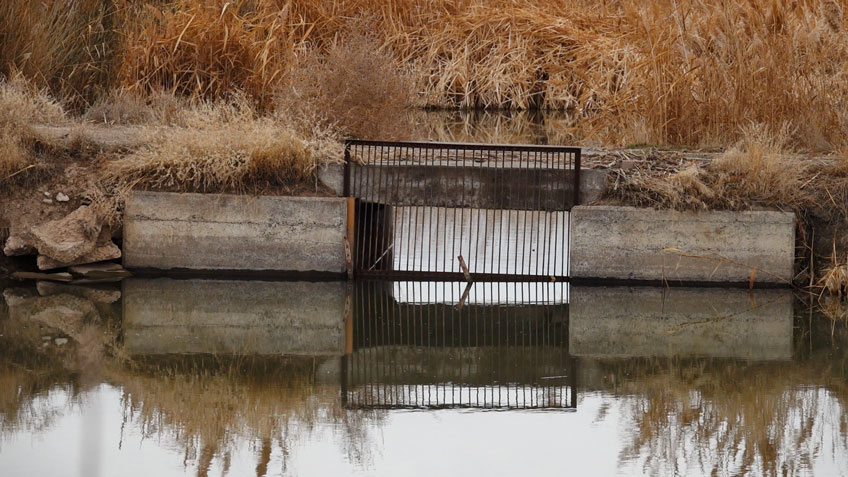
Multiple years of record snowfall brought the Great Salt Lake to a record peak of 4,211.85 feet above sea level in June of 1986 and again in March of 1987. This was many feet above the lake’s normal level. The result was the complete inundation of the lake’s freshwater marshes with salt water. Ogden Bay was totally overwhelmed by the salt. Dikes, headgates and culverts were destroyed. Vegetation and food organisms were killed. When the water receded, death, decay and destruction were all that was left in its wake.
It was up to Val Bachman to restore what was devastated. “They were ready to give up on Ogden Bay,” he remembers. “We had one little creek and we built a dike, spread the water out at the beginning of the growing season,” he explained. “Within three weeks, we had alkali bulrush growing all over the place. White salt as far as you can see, and a big patch of green in the middle—an emerald in the salt flats.”
Bachman’s son, Dominic, was a young boy when the floodwaters deluged Ogden Bay. “The saltwater killed everything, but, it was Dad’s playground,” he said. “He got to make it what it is now. Everything was gone, but the birds came back immediately as soon as the fresh water came back.”
Today, a wildlife biologist, Dominic headlines the podcast, Western Bird Biologist. He says the impact of Ogden Bay is felt throughout the wildlife management and conservation world because of the revolutionary techniques pioneered at the facility. “Ogden Bay is a leader in areas like dealing with water rights, flood control, mosquitoes and, most importantly, carp and phragmites,” says Dominic. The historic high water spread what was once a limited invasive species to the entire wetland system. Phragmites use up many times the amount of water compared to other species and provide nothing by way of food or cover for wildlife. “Ogden Bay was the proving ground for cattail research and how phragmites impact that plant population.”
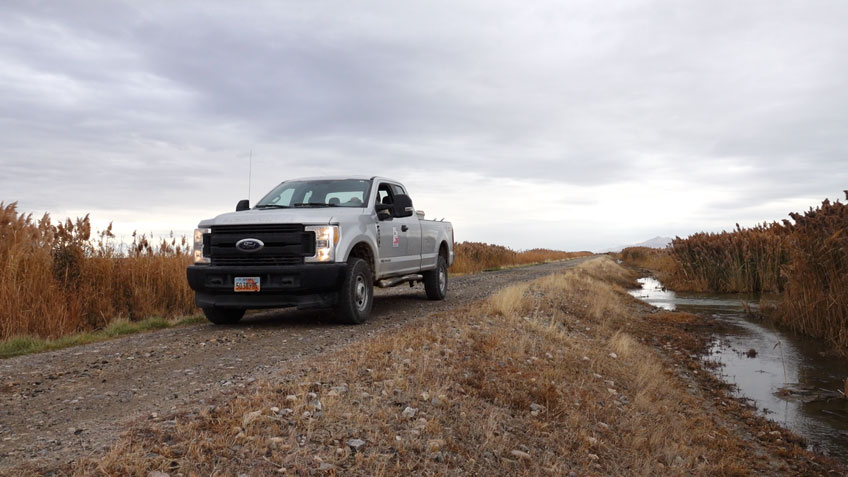
Val Bachman’s work was experienced firsthand by the present manager, Rich Hansen, who grew up just a few miles from Ogden Bay and spent high school summers volunteering for Bachman. Managing Ogden Bay is the fulfillment of a life-long dream for Hansen. “I feel fortunate and grateful that I’m only the fourth manager since 1938,” Hansen explained. “The delta of the Weber River is awesome—the way [the refuge] was built, the way you can manage one unit from the other. “It’s a fully functioning wetland. That’s what really excites me.”
A farmer growing up, Hansen avidly pursues the development of upland habitat at Ogden Bay. “This is the fourth year that we have planted perennial grasses and forbs as well as sunflowers, sorghum and triticale,” he said. “We have really high-quality soil to create high-quality pheasant and ducks. This year, pheasant production was as good as I’ve seen and waterfowl production was the best I’ve ever seen in my career.” Hansen’s goal is for Ogden Bay to become “the go-to pheasant hunting capital of the state… with a sustainable, wild population.”
Ogden Bay has ecological and historic significance beyond hunting. Jack Ray, a Utah wetland advocate and hunting historian, says, “The thinking at the time was that the only good marsh was a drained marsh. They were considered the same as swamps—a place of pestilence and of land not being put to productive use. Utah recognized the alternative value of the land.”
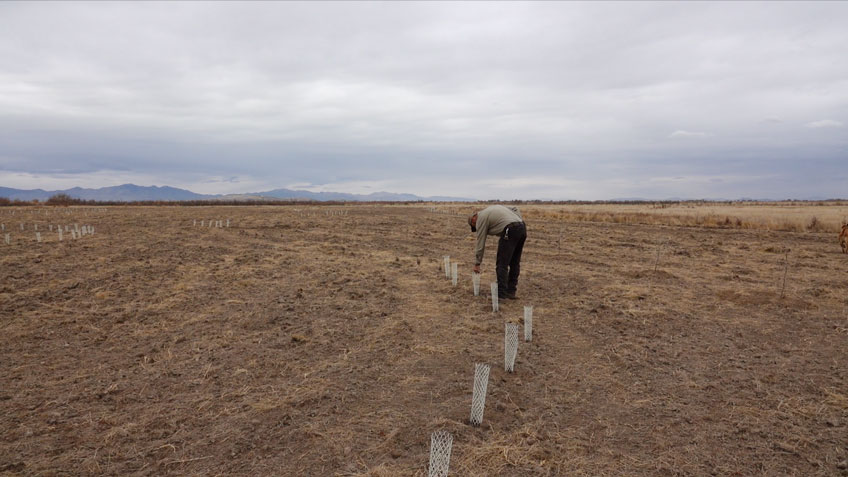
Duck hunting was a huge part of Utah culture. Hunters came from all over the country to experience the unique marshes and mudflats. According to Ray, the state legislature authorized the Utah Fish and Game Department to acquire land for public hunting areas in 1913, but it was another decade before it funded the effort. In 1928, Utah created what many consider the first state public wetlands hunting area in the nation: Public Shooting Grounds. The name says it all. Utah provided precedent for other states to look at and follow. “Very few states were doing anything like that,” reports Ray. Ogden Bay is a reflection of the attitude that Utah had about preserving hunting opportunities and habitat.
Ecologically, Jack Ray also explains Ogden Bay’s significance in providing a large area managed specifically for wildlife. When you look at the Great Salt Lake, except for a few species that feed on brine shrimp, the vast number of species are concentrated on the eastern shore. If it hadn’t been preserved in the 1920s and 30s, those shoreline habitats would be all but gone.
However, not overlooking the incredible successes at Ogden Bay, threats abound here as with all of America’s wetlands.
“Water—first and foremost,” says Rich Hansen when asked about challenges facing the area. Dominic Bachman agrees. “What do you do when you don’t have enough water to fill Ogden Bay?” he asks. As the second driest state, water is the subject of much heated debate in Utah. Most of the water utilized by the surrounding population comes from the same rivers that fill Ogden Bay every spring as the snow melts. Nearly 85 percent of the state’s population lives within an hour’s drive of Ogden Bay. The future of Ogden Bay is tied directly to how Utah will choose to allocate its scarce water resources.
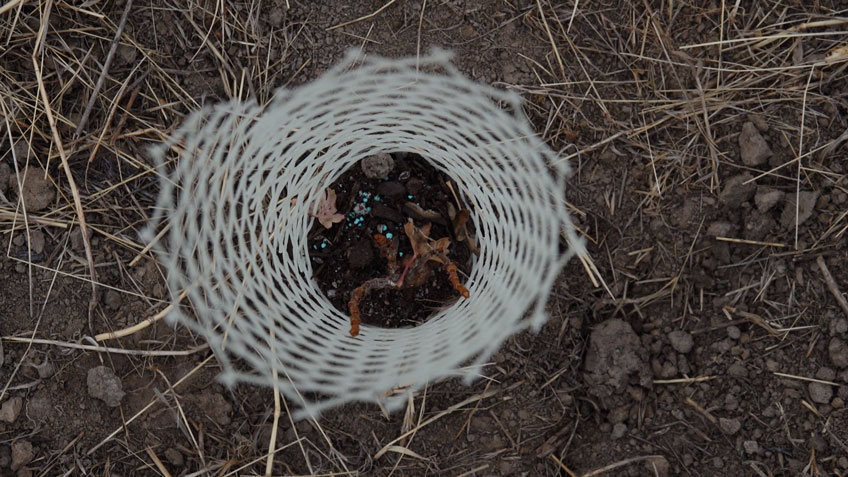
Relatedly, encroaching development increases as water becomes available. Dominic Bachman says, “Urban interface hit [Ogden Bay] hard and early.” Ogden Bay lies on the edge of the thin belt of land between the western edge of the Rockies and the Great Salt Lake. The area of developable land is finite. Ogden Bay is part of the chain of refuges, wildlife management areas, conservation easements and preserves that have protected the entire eastern shore of the Great Salt Lake wetlands. Rich Hansen describes the situation this way: “Houses come almost up to our front gate.” The fields he remembers as a kid are now neighborhoods.
With people come another problem—their pets. “People get sick of their cats and drive to the end of the road to dump their unwanted pets. The end of the road is often where our Waterfowl Management Areas begin. Cats become an instant predator,” laments Hansen. But, on the positive side, he says, “with good habitat and predator control it was unreal how many ducks and pheasants we produced this year.”
Even after 80 years, the Pittman-Robertson Act continues to be critical to Ogden Bay in a huge way. “Seventy-five percent of all the money I get to manage the area is Pittman-Robertson [funding],” Hansen explains.
“It’s described as being in a wilderness of submerged grass—a wetland wilderness,” muses Jack Ray. “It’s an otherworldly experience away from everything. There are days where the sky is moving with birds; it’s a living thing—abundance is the word.”
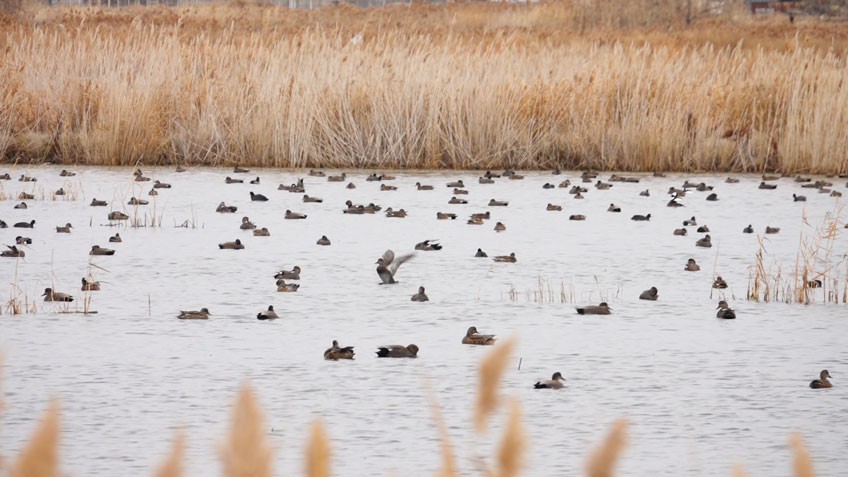
Val Bachman describes one very unique memory of Ogden Bay: “At the peak of shorebird season, I was adjusting a headgate and watching the lightning to the west during a storm. There were tens of thousands of phalaropes going through. Every time the lightning struck, they would get up in huge balls. It was just incredible. It almost killed me to leave it. Ogden Bay was the love of my life.”
As manager, when it comes to Ogden Bay, Hansen says, “The sky is the limit.”
Even with the most prescient hopes, Carl Shoemaker, “Ding” Darling, Key Pittman and Willis Robertson could not have foreseen the extraordinary, miraculous fulfillment of their fight to save America’s wildlife and habitat, beginning with Ogden Bay. Eighty years later, it is P-R funds that make sure the bay continues to thrive.
About the author: Alan Peterson is a filmmaker living in the paradise between the Wasatch Range and the Great Salt Lake. He loves shooting over his pudelpointer, Trigger; casting dries for cutthroats, and seeing cupped wings over decoys. All of this is only possible because of a very patient wife. Peterson is presently working on a documentary on the history of duck hunting on the Great Salt Lake and one on the life of fishing innovator, George Gehrke.
Follow NRA Hunters' Leadership Forum on Twitter @HuntersLead.
E-mail your comments/questions about this site to:
[email protected]
Proudly supported by The NRA Foundation and Friends of NRA fundraising.
